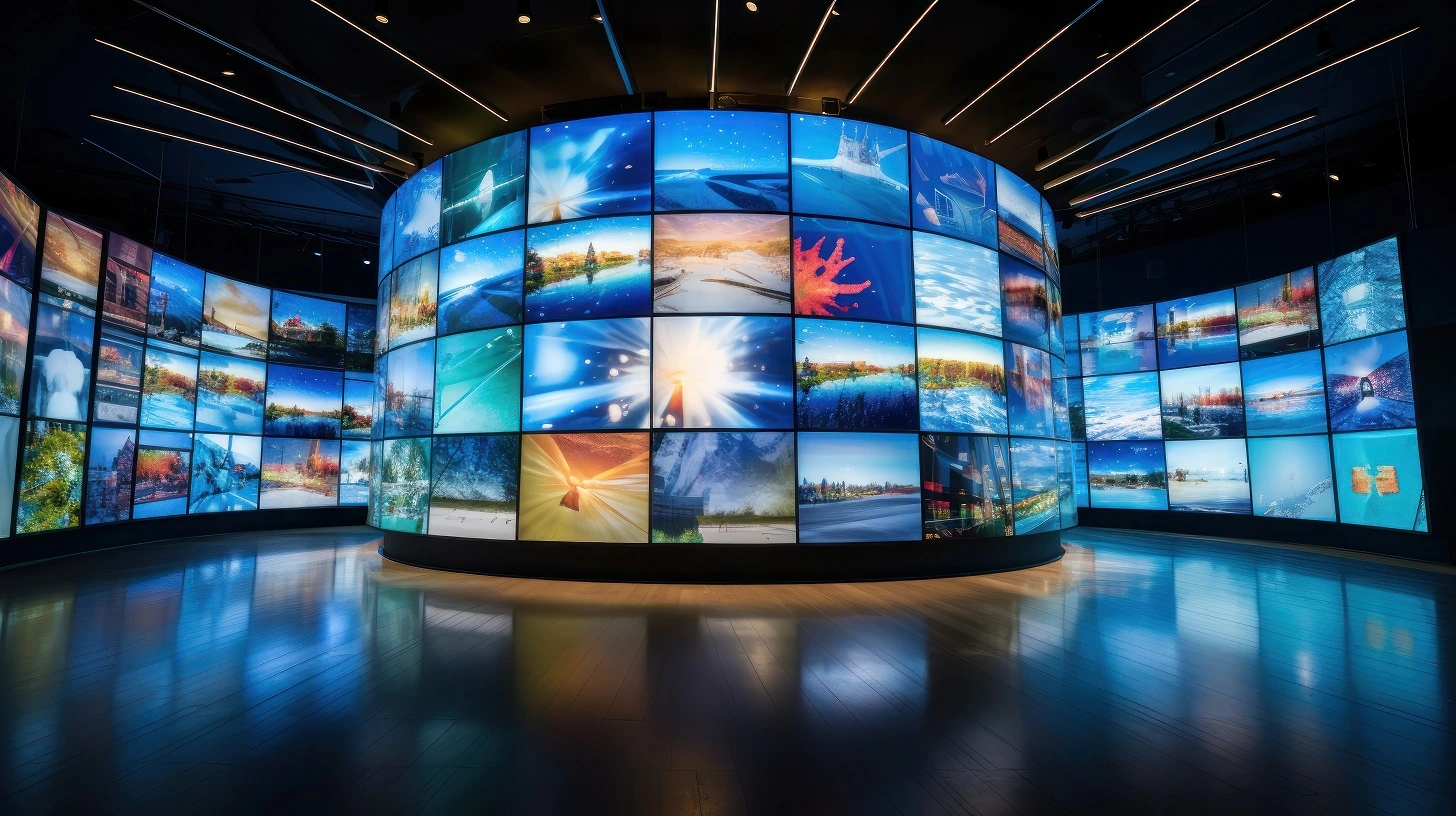
Traditional screen technologies, like CRTs, have been present for numerous years. They were frequently used in TVs and computer screens. However, CRTs have a shorter duration, typically lasting approximately 10,000 to 20,000 hrs of use. This means that after a couple of years, users may notice a deterioration in image quality, such as fading or hue distortion. In comparison, LED panel panels can last significantly longer, frequently exceeding 50,000 hours. This extended duration means that consumers can enjoy reliable functionality without the need for frequent substitutions.
Another important aspect to consider is energy conservation. LED wall panels utilize less energy than traditional displays, which not only benefits the ecosystem but also reduces electricity expenses. For example, while a CRT monitor may consume approximately 100 watts of power, an LED screen can consume as little as 30 to 50 watts. This discrepancy in power usage contributes to the overall durability of LED innovation, as reduced power usage generates less thermal energy. Excessive thermal energy can harm electronic components, resulting to a shorter duration for conventional screens.
In addition to their extended duration and energy efficiency, LED panel screens also offer superior image clarity. They offer brighter colors and better differentiation, making them perfect for various applications, from advertising to learning displays. The technology behind LED panels allows for a broader sight perspective, meaning that images stay sharp and vibrant even when seen advice from the flank. This is a major benefit over traditional displays, which often experience from hue deformation and reduced brightness at broader perspectives.
In summary, the longevity of LED wall panels compared to conventional screen methods is a key factor for consumers to consider. With lifespans that can surpass 50,000 hrs, power conservation, and superior visual clarity, LED innovation provides many advantages. As innovation continues to advance, LED wall panels are likely to become even more common in multiple environments. Grasping these distinctions can help individuals and organizations make improved decisions when investing in screen technology, ensuring they get the best value for their needs.